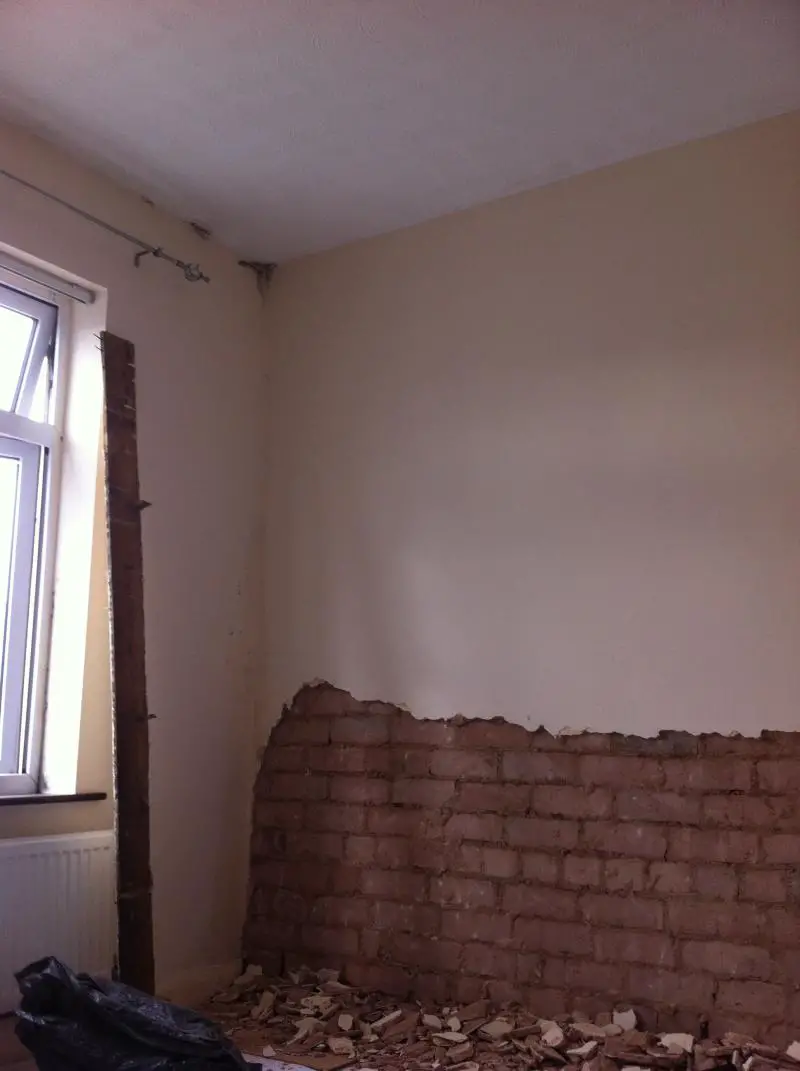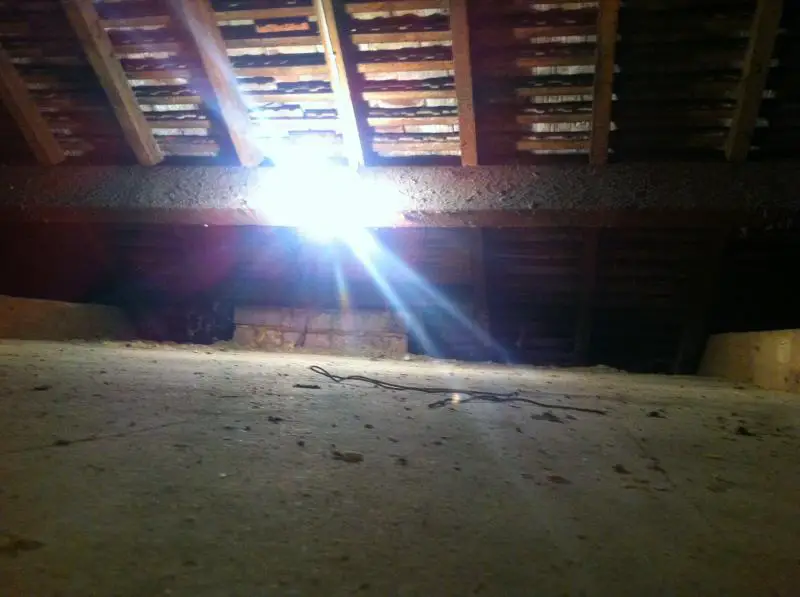Jal, the dot and dab idea is not always the best way.
Brick layers are often mean with their mortar and leave thousands of small holes in the walls. With dot and dab you may have cold air blowing between the insulation and the bricks.
A better way is to wet plaster the wall first to make sure there are no holes.
Then add adhesive all round the perimeter of each sheet.
Thanks for the advice will bear that in mind when i do start























